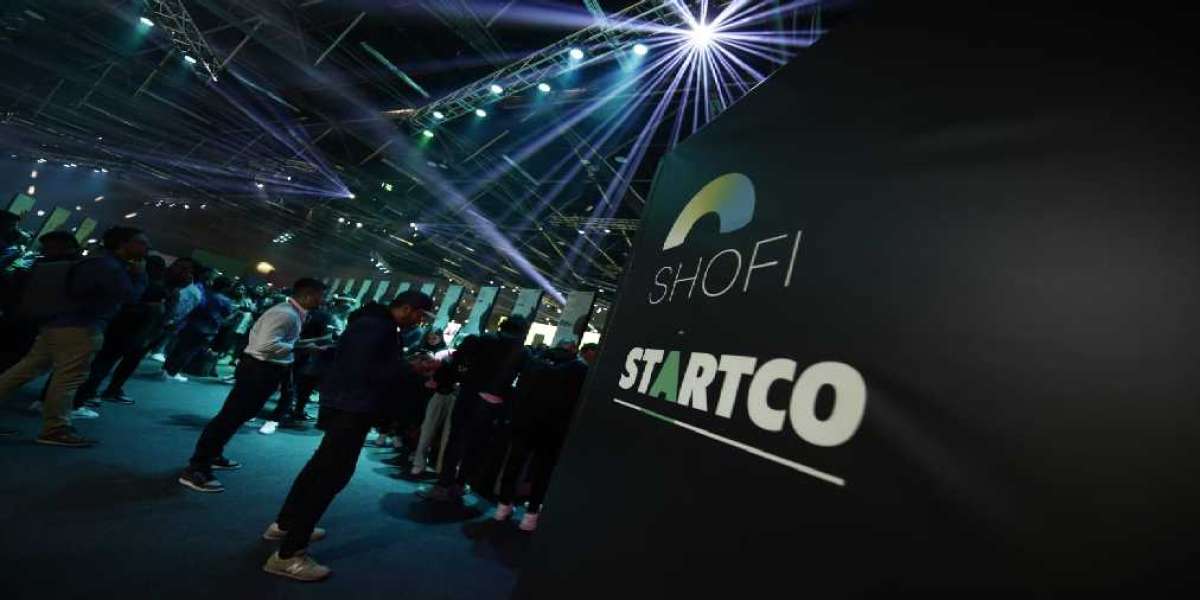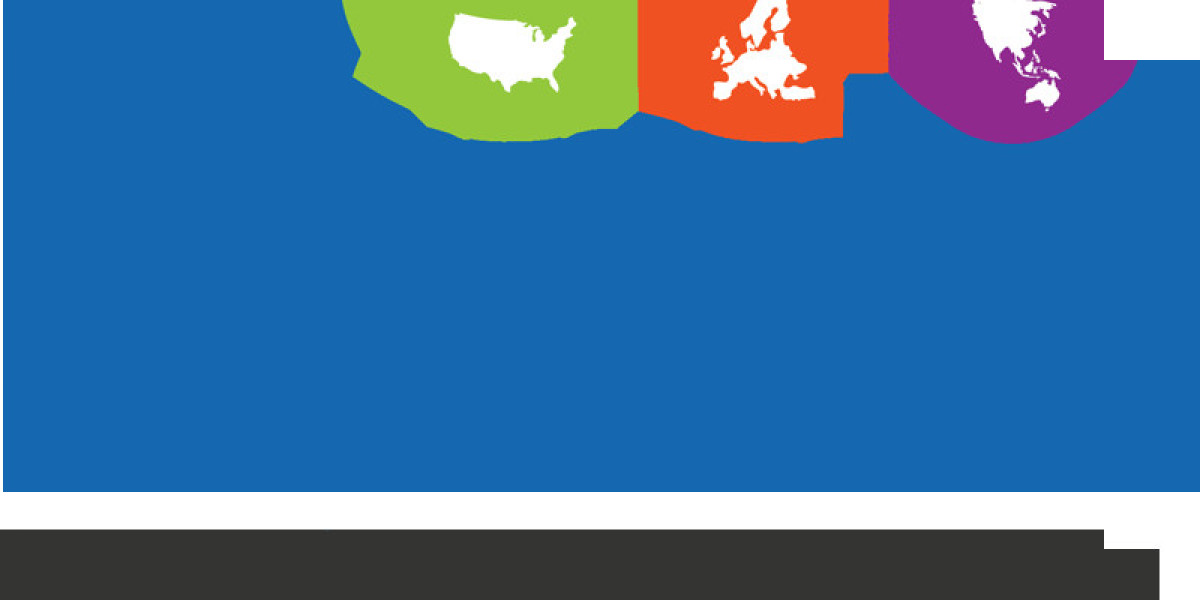The global automotive glass market is poised for a significant transformation, projected to grow from USD 21.0 billion in 2025 to USD 36.6 billion by 2035, recording an absolute increase of USD 15.5 billion over the decade. According to the latest insights from Future Market Insights, the market is set to expand at a CAGR of 5.7%, supported by rapid electric vehicle (EV) adoption, evolving safety regulations, and integration of smart glass and display technologies.
Data Snapshot
Market Value (2025): USD 21.0 billion
Market Value (2035): USD 36.6 billion
Growth: 1.74X (2025-2035)
CAGR: 5.7%
Leading Glass Type: Tempered Glass (66.5%)
Get access to comprehensive data tables and detailed market insights - request your sample report today!
https://www.futuremarketinsights.com/reports/sample/rep-gb-2262
Top Growth Markets: China, Japan, Germany, and the USA
Next Decade Outlook: From Visibility to Intelligence
Between 2025 and 2030, the market is expected to climb to USD 27.9 billion, contributing nearly 45% of the total growth, fueled by increased demand for panoramic sunroofs, advanced driver assistance systems (ADAS), and thermal-efficient EV glazing.
From 2030 to 2035, the market will further expand to USD 36.6 billion, with smart glass technologies, augmented reality (AR) displays, and lightweight laminated glass leading the innovation frontier.
"Automotive glazing is no longer just about visibility - it's about intelligence, efficiency, and safety," stated a senior automotive materials analyst at Future Market Insights. "The shift toward EVs and connected mobility is transforming glass into a multifunctional interface for vehicles."
Key Market Drivers
EV-Driven Demand:
With global EV production exceeding 14 million units by 2030, demand for advanced glazing designed to optimize cabin thermal management and reduce energy loads is accelerating. EVs require lightweight, solar-control glass that extends driving range by minimizing air conditioning usage.
Regulatory Influence:
Strict safety standards such as Europe's General Safety Regulation (GSR), U.S. Federal Motor Vehicle Safety Standards (FMVSS), and China's GB safety codes are compelling automakers to use laminated windshields and impact-resistant side glazing. These norms are expanding adoption across passenger and commercial fleets alike.
Rise of Smart and Electrochromic Glass:
Electrochromic glass capable of adjustable tinting, head-up display (HUD) compatibility, and embedded solar control is reshaping premium vehicle segments. With declining production costs, smart glass is now entering mid-range vehicle programs across Europe and Asia-Pacific.
Segmental Insights
By Glass Type:
Tempered glass holds a commanding 66.5% market share, widely used in side and rear windows for its safety, strength, and cost efficiency. However, laminated glass is rapidly expanding, particularly in high-end vehicles, due to its acoustic, solar control, and anti-intrusion benefits.
By Application:
Windshields account for 23.9% of the global demand in 2025, reflecting growing integration of camera systems, ADAS sensors, and AR projection displays. Modern laminated windshields now serve as structural, optical, and electronic platforms within vehicle design.
By Vehicle Type:
Passenger cars dominate the market, but electric and hybrid vehicles are emerging as key growth accelerators, accounting for more than 25% of the incremental demand over the forecast period.
Regional Growth Analysis
APAC Dominates the Global Landscape
The Asia-Pacific (APAC) region leads the market, driven by China's 8.5% CAGR and its vast EV production ecosystem. Domestic manufacturers such as Fuyao Glass and Xinyi Glass Holdings are scaling up smart glazing production to meet both local and export demand.
Japan (6.7% CAGR) continues to be a global innovation hub, with AGC Inc. and Nippon Sheet Glass (NSG) pioneering electrochromic and heads-up display-compatible glass for global OEMs.
India (6.2% CAGR) is witnessing rapid growth as automotive production exceeds 4.5 million units, supported by government-led localization and rising SUV sales.
Europe Focuses on Premium Innovation
The European automotive glass market is forecast to grow from USD 6.52 billion in 2025 to USD 10.85 billion by 2035, at a CAGR of 5.2%.
Germany maintains a 34.5% share, supported by luxury automakers such as BMW, Mercedes-Benz, and Audi adopting panoramic sunroofs and AR windshields. France and Italy are emphasizing sustainability through advanced recycling initiatives under EU circular economy directives.
USA Prioritizes Safety and Advanced Features
In the United States, the market will expand at 5.7% CAGR, supported by strong SUV and pickup sales, and adoption of advanced glazing for ADAS integration. Major players including Saint-Gobain, AGC, and Fuyao operate large-scale manufacturing facilities across Ohio, Michigan, and Alabama.
The growing popularity of panoramic roofs and AR HUD systems in North American vehicles is creating strong aftermarket and OEM demand.
Saudi Arabia and Middle East Market Evolution
The Saudi Arabian market is emerging as a key growth node within the Middle East & Africa, as Vision 2030 initiatives accelerate domestic vehicle assembly and EV adoption. Government incentives and partnerships with global automakers are fostering demand for solar-control and heat-resistant laminated glass, particularly suited for extreme climatic conditions.
Technological and Environmental Trends
Lightweight and Acoustic Solutions:
Next-generation glass compositions offer 20-30% weight reduction, boosting fuel efficiency and EV range while improving acoustic insulation for quieter cabins.
Circular Economy Push:
European and APAC manufacturers are investing in closed-loop recycling systems to recover glass and PVB interlayers from end-of-life vehicles, aligning with sustainability mandates.
Sensor-Compatible Glass:
As autonomous driving advances, demand for glass capable of supporting LiDAR and radar sensors is rising, ensuring seamless data capture without optical interference.
Purchase Full Report for Detailed Insights
For access to full forecasts, regional breakouts, company share analysis, and emerging trend assessments, you can purchase the complete report here:
Buy Full Report -Automotive Glass Market
Competitive Landscape
The market remains competitive and innovation-driven, led by:
AGC Inc. (Japan) - Leader in advanced laminated and smart glass technologies
Saint-Gobain Sekurit (France) - Pioneer in solar control and acoustic glazing
Fuyao Glass Group (China) - Large-scale cost-competitive producer
Nippon Sheet Glass Co. Ltd. (Japan) - Expertise in sensor-integrated and display-compatible glass
Xinyi Glass Holdings (China) - Expanding in APAC and Middle Eastern markets
Other notable players include Asahi Glass Company, Guardian Industries, Vitro Automotive, and Pilkington (NSG Group).
Outlook: From Function to Intelligence
The next decade marks a shift from conventional visibility-oriented glass toward intelligent, multifunctional automotive glazing. The convergence of safety mandates, EV design evolution, and digital display integration is redefining the role of glass as both a safety barrier and an interactive platform.
By 2035, APAC, Europe, USA, and Saudi Arabia will collectively shape a USD 36.6 billion market, underscoring global commitment toward innovation, safety, and sustainability in the automotive glazing ecosystem.
Поиск
популярные посты
-
 +20 startups de México que están innovando en el mercado latinoamericano
От Ionikon
+20 startups de México que están innovando en el mercado latinoamericano
От Ionikon -
 Ionikon: The Social Network that Connects Entrepreneurs, Professionals and Investors
Ionikon: The Social Network that Connects Entrepreneurs, Professionals and Investors
-
 ¿Qué es una startup? Todo lo que necesitas saber sobre el tema
¿Qué es una startup? Todo lo que necesitas saber sobre el tema
-
 HOW TO GO TO CANADA WITH A WORK PERMIT: KEY REQUIREMENTS
HOW TO GO TO CANADA WITH A WORK PERMIT: KEY REQUIREMENTS
-
 StartCo 2023: la feria de innovación más importante de América Latina reafirma la presencia de startups chilenas en Colo
От Ionikon
StartCo 2023: la feria de innovación más importante de América Latina reafirma la presencia de startups chilenas en Colo
От Ionikon
категории
- Другой
- music and arts
- Business and Career
- health and sport
- fashion and beauty
- Information Technology
- Animals and plants
- Applications and Software
- House and Construction
- Culinary and Gastronomy
- Personal development
- Design
- Law
- Ecology and Environment
- Education
- Spirituality
- Finance and Investments
- General
- literature
- Languages
- Internet
- Технологии и Гаджеты
- Дом и дизайн интерьера
- Наука и природа
- Фитнес и велнес
- Фотография и видеосъемка
- Домашние животные и животные
- Мода и аксессуары
- Книги и литература
- Отдых на свежем воздухе
- Сделай сам и ремесла


